When bidding for terms on Google AdWords, there is always a single metric that gets people hung up.
More often than not, cost per click is a big pain point that gets PPC advertisers worried.
Is the keyword expensive per click? If so, then forget about it. We can’t afford it!
“It’s going to drive our costs through the roof.”
“We’ll drain our budget in a month.”
Cost per click does, in fact, have the potential to drain your budget fast.
But if you’re making money on those clicks, you have more money to reinvest in your budget.
In reality, there are vastly more important things to focus on rather than the cost you pay for each click.
Sure, CPC is important, but it’s one piece of a very large pie.
The majority of that pie should revolve around something different.
You should focus on a metric that really matters when it comes to your budget: Cost per acquisition.
Here’s why cost per click doesn’t matter, what really matters, and why you should want to pay more in the end.
Cost per acquisition is the only thing that matters
PPC-based platforms like AdWords, Facebook, and Bing tend to focus on vanity-style metrics.
They look at metrics that don’t really tell you how well your campaign is going.
They emphasize things like clicks, impressions, bids, and more.
These metrics are great for tracking performance over time, but they shouldn’t be your main focus.
Similarly, we could also consider cost per click a vanity metric.
But if I know one thing, I know this is true:
Cost per acquisition is the only thing that matters when it comes to bidding costs on a given PPC platform.
Are you having trouble believing me? Let me explain with an example.
Let’s say you’re researching a keyword on the AdWords Keyword Planner or a tool like SEMrush and you notice that your CPC is high:
For example, that keyword costs, on average, $33 per click. Yikes.
That’s pretty darn high, right?
It seems unbelievable to pay that much for a single click considering how many clicks it takes to get a conversion on AdWords.
But when you break it down, that actually isn’t that expensive.
Why? Because it all depends on the product or service you’re selling.
Sure, if you’re selling a $15 e-commerce product, paying that much for a single click obviously doesn’t make sense.
But the flip side of the coin is also true:
If the product or service you’re selling is worth $5,000, then paying $33 for a click isn’t going to be a huge portion of your overhead.
According to WordStream, the average cost per click on the search network across all industries is $2.32.
With that average, it’s relatively easy to understand what your typical cost might look like.
But you need a bit more data to really understand how unimportant cost per click is in the big picture.
The average click-through rate in AdWords across all industries is 1.91% on the search network:
That means that if you got 1,000 impressions, you can reasonably expect 19 of those users to click on your ad and explore your landing page.
Now you need the final puzzle piece:
Conversion rate.
The average conversion rate on AdWords across all industries is 2.70% on the search network.
Now, this will obviously vary depending on your industry.
For example, finance and insurance nearly have a 10% conversion rate, whereas e-commerce has less than 2%.
With all this data, it’s time to make some calculations that will show you exactly why cost per click doesn’t matter.
To do this, I recommend opening up a Google Sheet that you can use to keep track of the calculations.
To get started, structure your doc with your own data on AdWords.
For my doc in this example I’m using the averages of the data I just presented:
Start by outlining your CPC, CTR, and conversion rate for a given campaign or ad group.
This will give you the proper benchmark data that you need to make a basic calculation.
Next, suppose that you generate 2,000 impressions. Place that number in the impressions column:
Next, multiply your impressions number (2,000) by your click-through rate (1.91%).
That would generate 38 clicks for me based on that calculation:
Place that number back in your spreadsheet to keep track of it:
Now, take your average cost per click and multiply it by your clicks, entering that number into the cost column:
CPC X Clicks = Cost.
Lastly, it’s time to calculate your total conversions.
For this example, I’d multiply my total clicks by my conversion rate.
In this example, 38 clicks would generate one conversion for me. Here is what my end table looks like after these calculations:
I got 2,000 impressions on my ads. That generated 38 clicks and one conversion, costing me about $88.
Now that you have an idea of how much a single conversion costs for your business, it’s time to analyze what your bottom line is.
What is the average value of the service you’re selling for this campaign?
Is that cost per acquisition of $88 too high in this case?
If it is, then you need to lower your bids and work on increasing your conversion rate or find a new keyword.
For most advertisers on Google, the cost per lead or acquisition of a customer won’t be higher than their bottom line.
This is a prime example of why cost per click doesn’t matter.
So what if my total end cost is $88 for a single sale?
That’s nothing if I’m selling a service or product worth $5,000.
Cost per click is all relative.
Imagine that your cost per click is an impossible price of $100,000. If your end sale is $100,000,000, you won’t care about the astronomical cost per click, right?
Cost per acquisition should be your focus — not cost per click.
If you are still making a profit on each sale, CPC is irrelevant.
In fact, here is why you should want to pay more.
Bidding higher means higher rankings and more clicks
Now that you know why cost per click doesn’t matter, let me show you why you should want to pay more.
Google AdWords works on a bidding system.
So, the average cost per click might vary from the real costs you’re paying.
In fact, you could be paying much less than a keyword says or maybe just a bit over.
Either way, the difference isn’t always huge.
But, knowing that lots of different advertisers are bidding for the same terms, you want to pay more per click.
Why?
It will help your rankings.
Do a search for a keyword, and you’ll likely see something like this:
Notice that the competition level is very high. It’s a competitive keyword.
That simply means that tons of advertisers are bidding on it, which is evident from a simple Google search for the term:
Did you notice how 1-800-Flowers is at the top of the list?
They got there by bidding higher than the other advertisers below them.
Why would they do it? It’s because they want to get higher rankings.
No matter what type of search term you bid on, ranking in the first ad position is going to get you a higher click-through rate:
More clicks on your ads likely mean more conversions. It at least gives you more chances to convert visitors.
And if your average cost per acquisition isn’t coming close to your margins, bidding higher means getting more conversions at barely any additional cost.
Plus, in most cases, you won’t have to increase your bid dramatically to take the top spot.
If you’ve done the calculations that I showed you above, you should have a clear idea of what you can pay before the transaction becomes unprofitable.
For example, if after labor and non-ad-based spend, you can sell a product for $60 profit, paying $10 for a sale on AdWords is going to give you a large profit margin.
There’s no reason why you shouldn’t increase your bids and pay $15 for a sale while generating 5x the amount of sales.
You should always be willing to pay a little extra per acquisition if it means doubling or even tripling your acquisition at a profitable margin.
One of my favorite ways to assess this is with the keyword planner in AdWords.
Start by using the budget and forecasting tools, and you can see how you’ll impact your costs by bidding more on specific terms to rank higher.
You can enter a given keyword or a list of keywords. You can even get forecasts based on current campaigns.
For this process, I recommend taking it one keyword at a time to make sure that your data is as specific as possible.
Enter your keyword and then hit “Get forecasts” to generate a report.
In this report, you can see how bidding and budgeting will impact metrics like clicks, impressions, costs, and more:
Start by entering a bid to see how that impacts the data. You can then start sliding the bar across the graph to increase your bid and see adjusted data each time:
Sliding the bar toward the right will increase your bid, giving you different results on clicks, impressions, and costs.
For example, the lower my cost per click bid is, the lower my positioning is:
This is indicative of higher competition and the need to bid higher if I want to rank first.
Look what happens to my metrics when I bid $4.00 per click on this keyword:
I rank in the first position even though I am only paying $1.90 on average per click.
And check out my CTR now: 7.9%.
It went up an entire percent with a slight adjustment in my bid.
Why? Because with an increased bid comes increased rankings and more clicks.
Try using this tool for your current campaigns to increase your bidding and rank first.
You should want to pay more in CPC if you can generate more sales from it.
CPC is industry-specific for a reason
Do you remember the average cost per click graph that I showed you earlier?
If you looked at it closely, you might have noticed the massive fluctuation in bidding and pricing.
Let’s compare the individual average costs of a few of the legal services.
For typical legal services, the cost per click is almost $6 on average.
Employment services clicks are just over $4.
Meanwhile, e-commerce and dating/personals clicks are less than $1 per click!
This can often be confusing for some people.
Why are CPCs the way that they are?
Why are some generally more expensive than others? Why the heck doesn’t my industry have a $0.19 CPC?
It all goes back to the way that Google AdWords functions.
It works by letting advertisers bid on keywords, meaning the market price for a click is dependent on how much advertisers are willing to pay.
Let’s take an example by looking at the legal industry CPC of $5.88.
According to UpCounsel, lawyer costs can be anywhere from $100 to $1,000+ per hour of services.
That’s a boatload of money if you can convert someone to a full service.
Your average client value is going to be massive.
So paying nearly $6 per click and potentially needing a few hundred clicks to get a single case isn’t bad.
The same can be said for e-commerce.
When you head to Amazon and inspect some of the top deal-based products, they are relatively cheap:
They range from a few bucks to less than $100 on average.
With an average CPC of $0.88 in the e-commerce world, it makes sense.
Advertisers generally aren’t going to be willing to bid huge amounts that would sabotage their acquisition costs.
Bidding $5 on a term for holiday socks wouldn’t be profitable if you’re selling the socks for $3.
That means that nobody on the platform with a goal of profit is going to be bidding that much.
Cost per click is industry-specific for this reason:
Advertisers are only willing to pay an amount that gives them an opportunity to make money!
That’s the entire purpose of AdWords. It’s about profit — not just sales, but profitable and repeatable sales.
You will almost never see a cost per click that doesn’t add up to your own profit margins.
Sure, some will seem expensive on the surface, like this term for an accident lawyer:
Paying $134.77 for a single click might seem outrageous to you.
Knowing that conversion rates are low on AdWords, you might be paying thousands before landing a client.
It almost seems disastrous when you look at it from an outsider’s perspective.
You could be spending millions every year on AdWords.
But seeing a bid that high probably means that the average case value for an accident-based law firm is huge!
Otherwise, they simply wouldn’t bid on it.
A bid might be higher for “basketball shoes” than it is for “Christmas socks” simply because of the final price of the product being sold.
Advertisers are willing to pay more for a click on basketball shoes because the product costs more, meaning they have higher margins and more revenue to spend.
The moral of the story boils down to one point:
Cost per click is all relative.
It’s relative to the keyword or search term, the intent, the industry, and the final product being sold.
Conclusion
It’s hard not to focus on a metric like cost per click.
It stares you in the face every time you do keyword research or adjust your bidding.
This term costs $100 per click. That term costs $20.
CPC is one of the first metrics you’ll learn about in the PPC world.
But you also know that it’s only a small piece of a very large, complex pie.
Your real focus should be on cost per acquisition and maintaining a solid return on investment.
How much does it cost you to acquire a customer relative to your profit margins?
If it’s still positive, there is no reason not to pay more.
In fact, paying more per click can help you rank higher in the bidding process.
More and more customers will be able to find you, driving tons of sales at a price that still gives you a great profit.
Cost per click isn’t something to fear. Rather, it’s something you should want to spend more on.
AdWords exists for one reason:
To generate fast, profitable sales for your business.
Paying more per click can often lead to this exact, positive side effect.
Cost per click is industry-specific for a reason. More often than not, it makes sense to pay a bit more.
What are your favorite bidding strategies with the cost per click model?

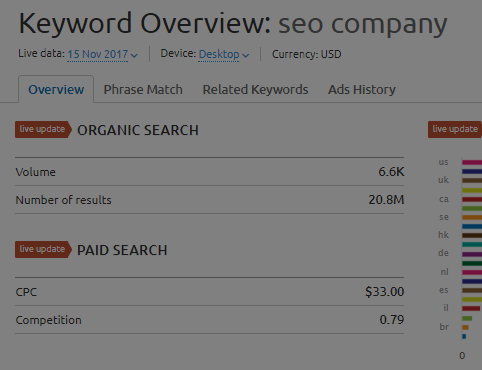
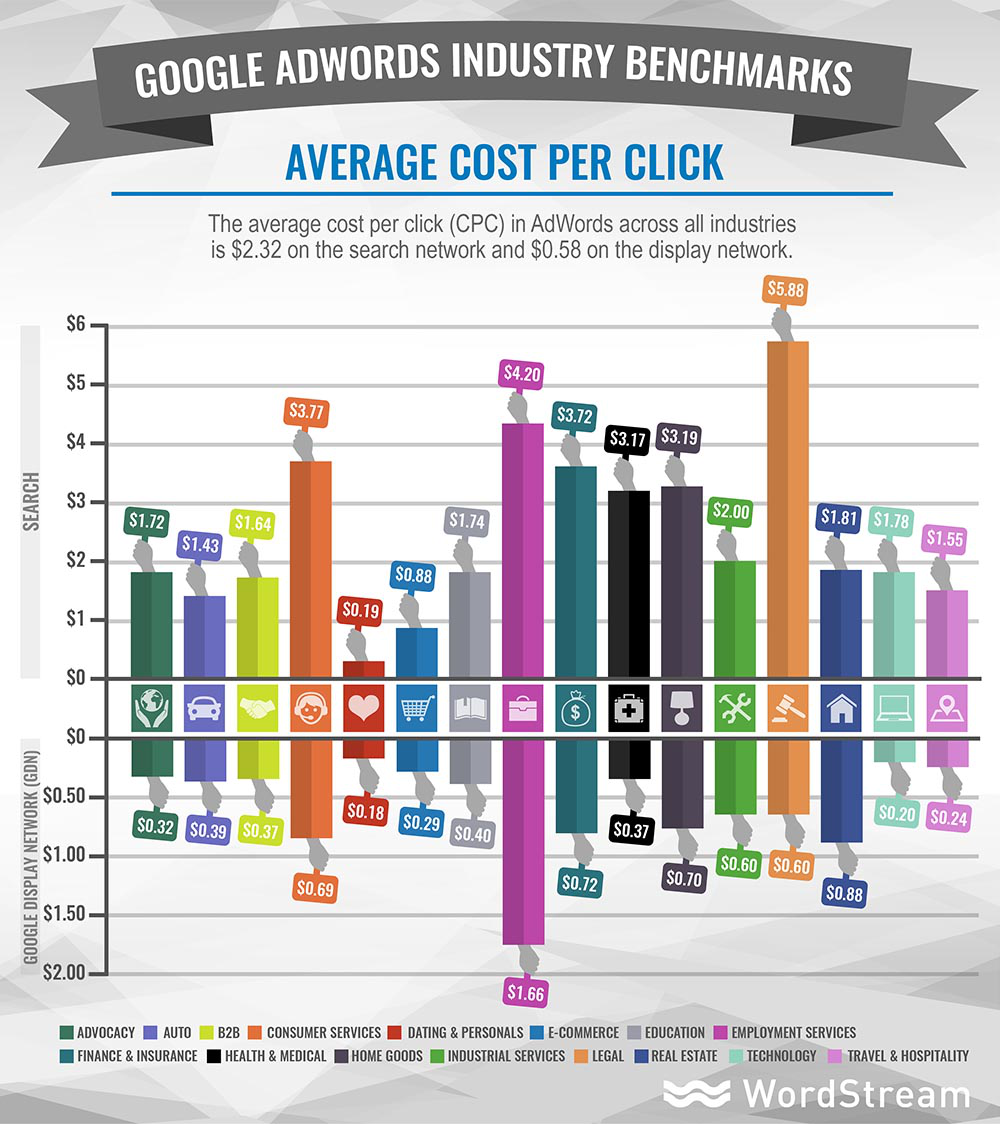
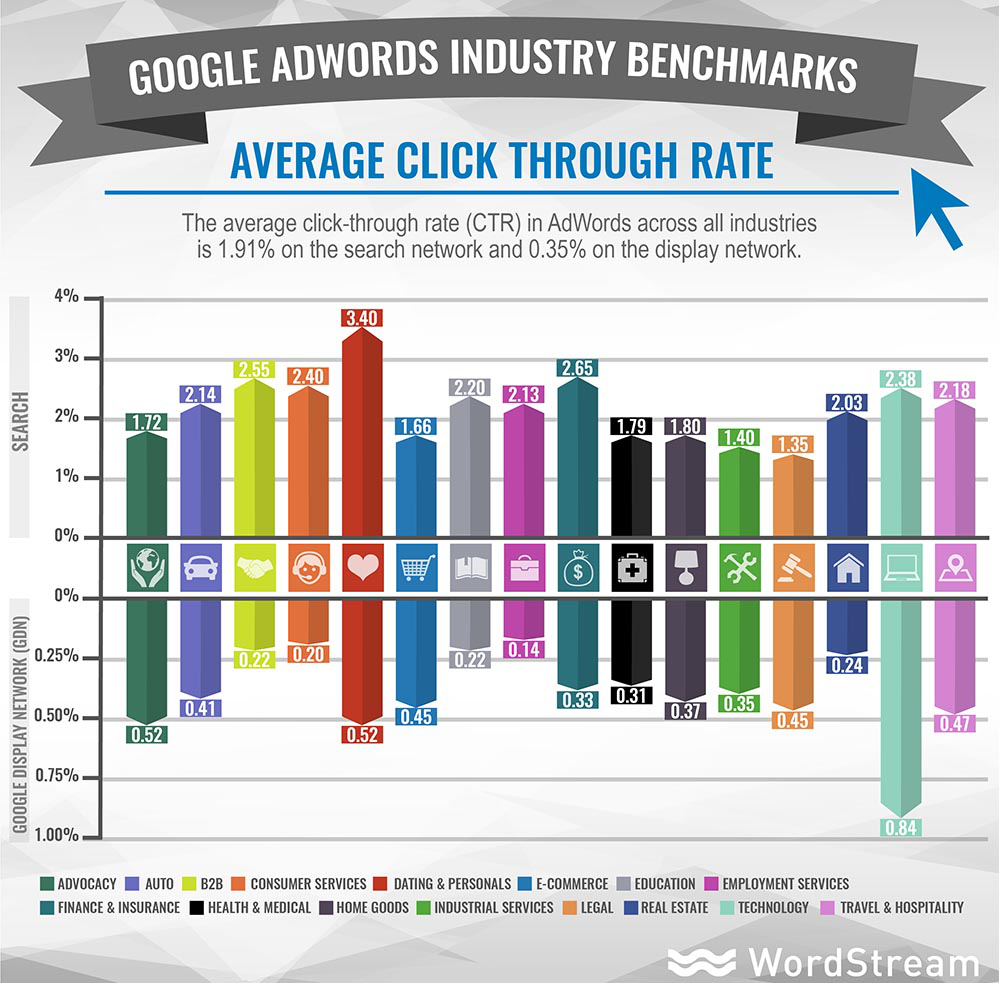
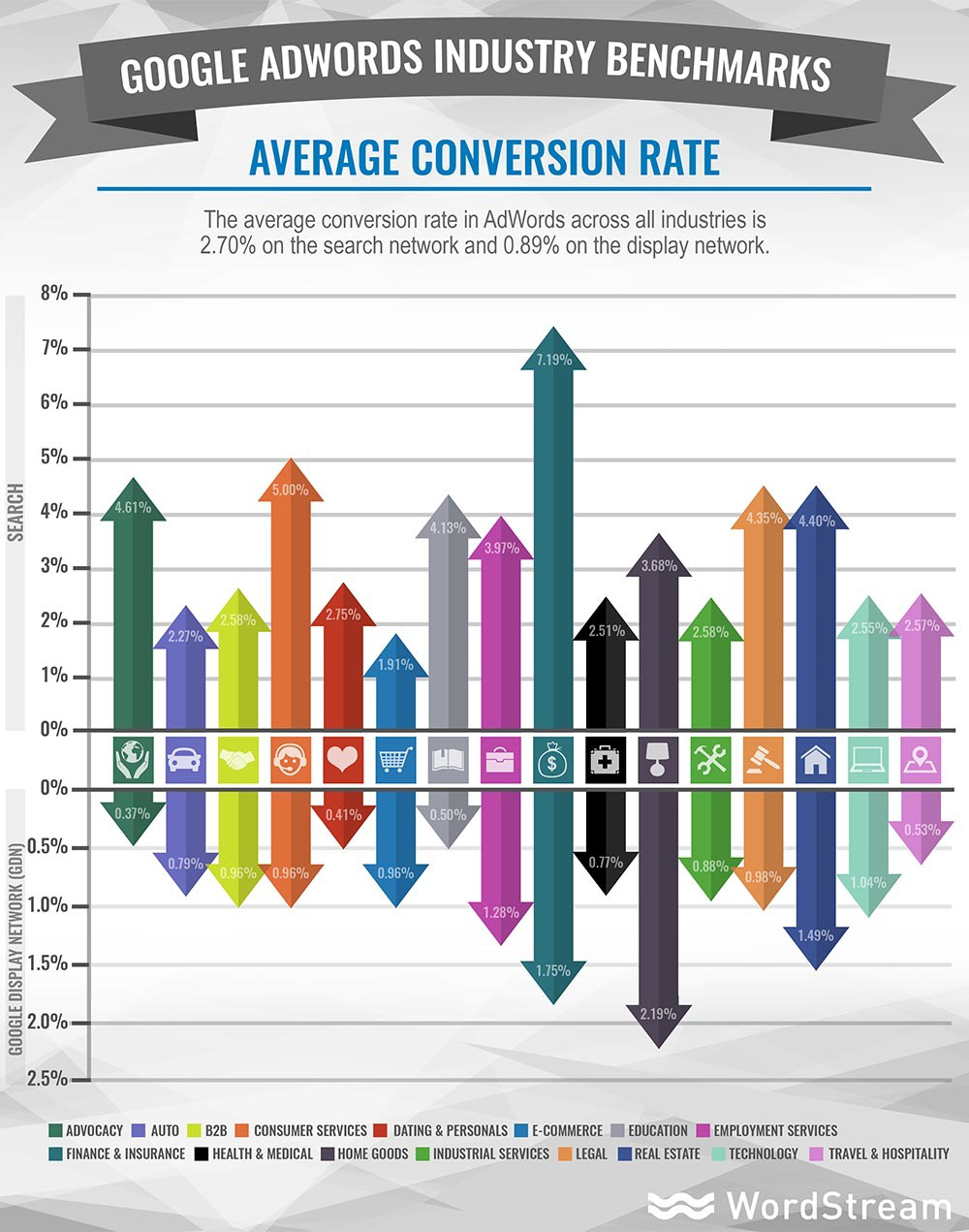
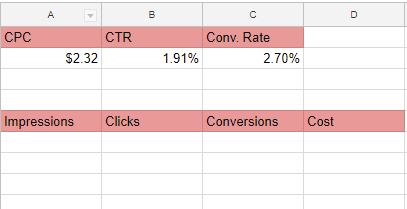

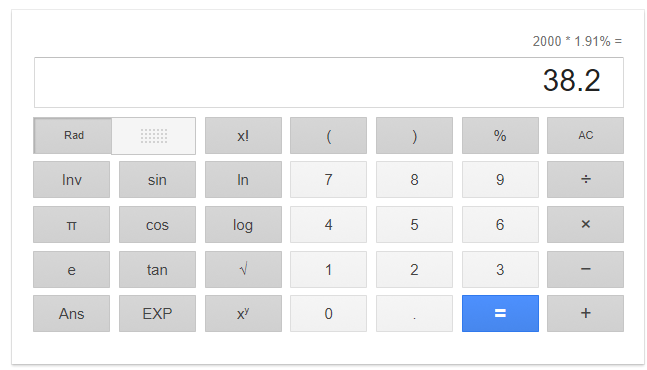

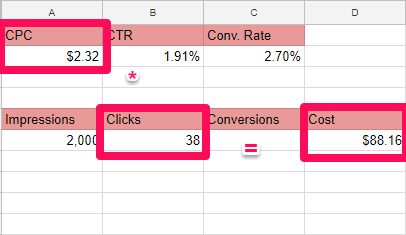
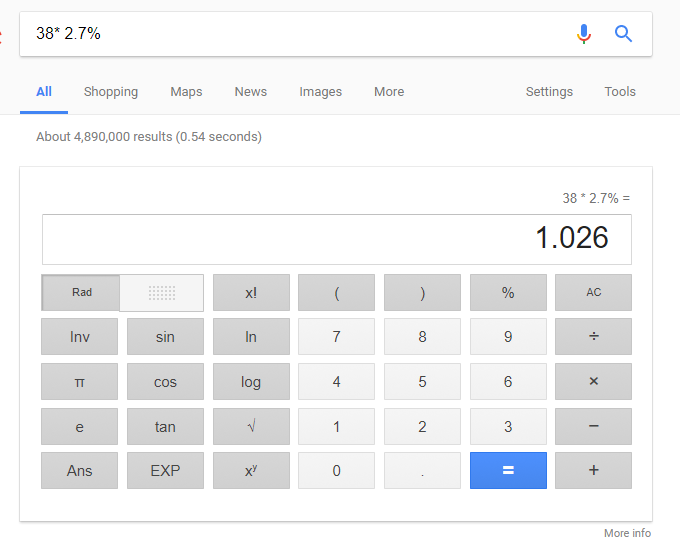

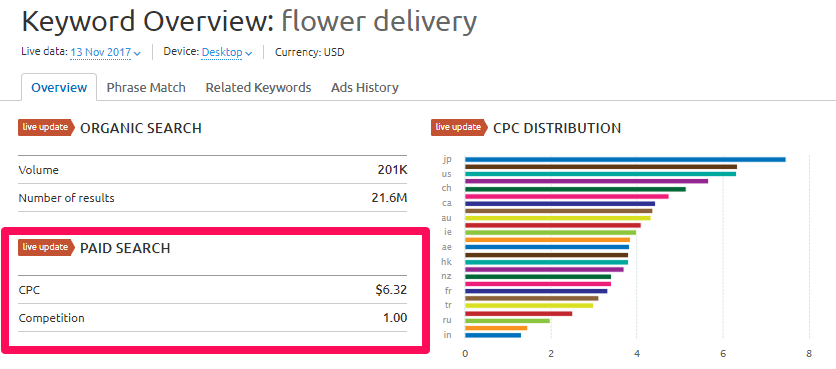
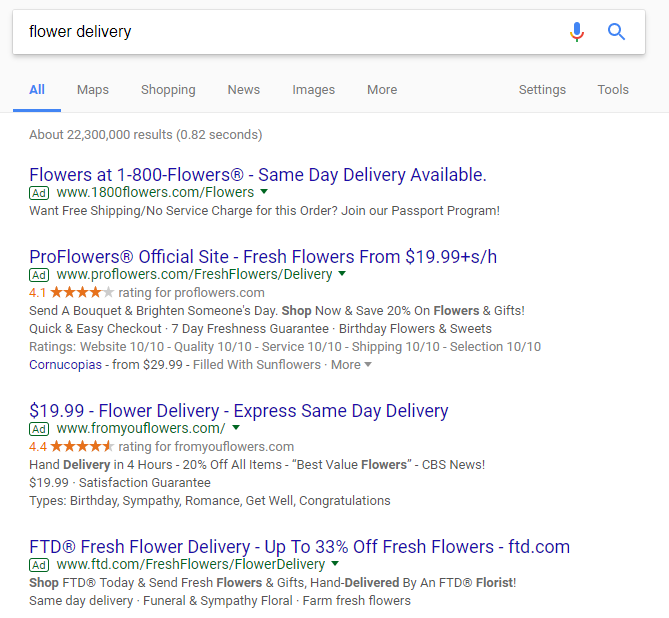
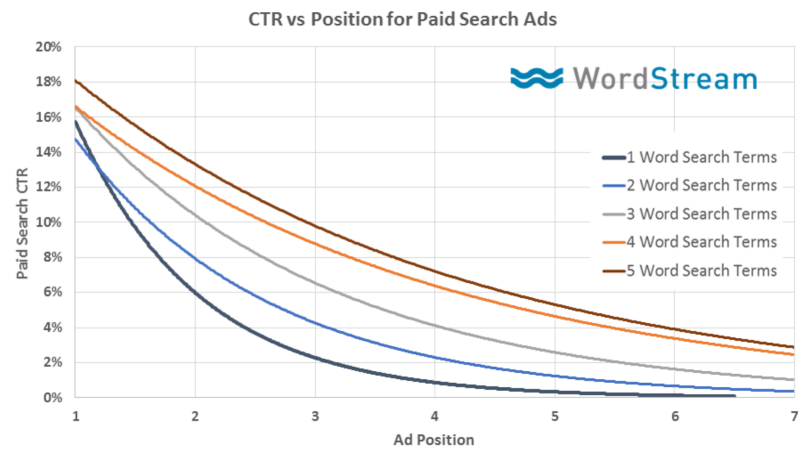
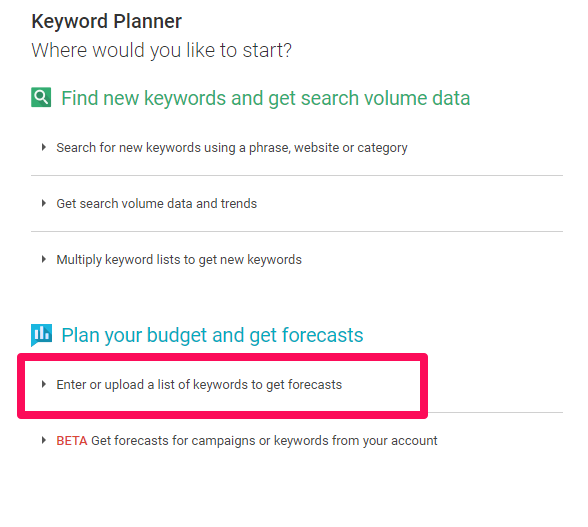
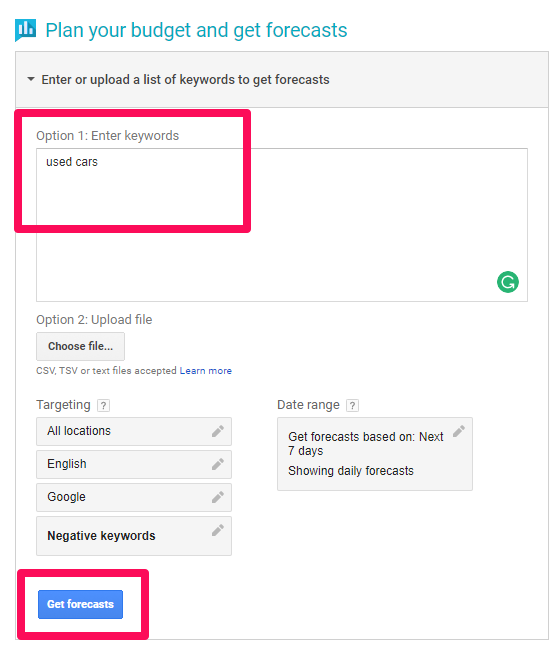
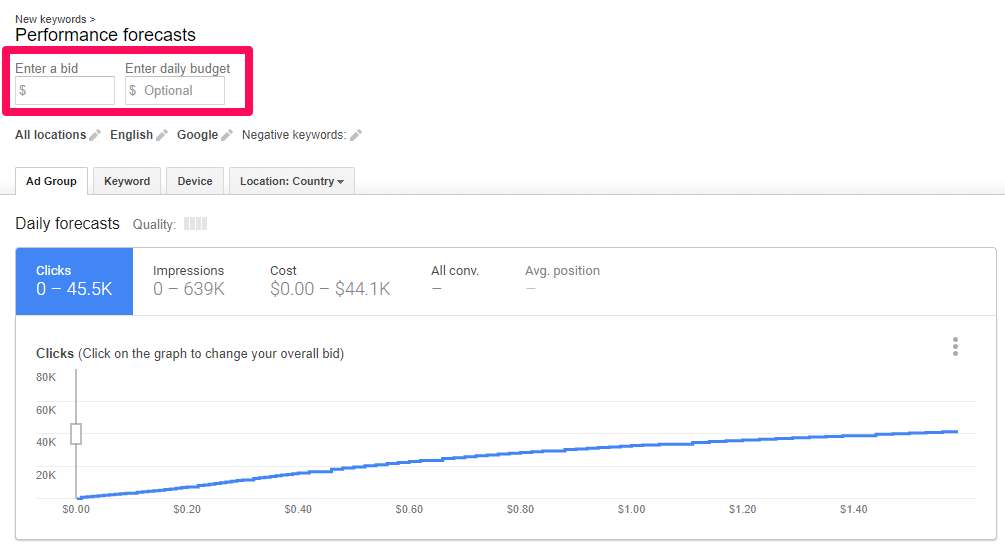
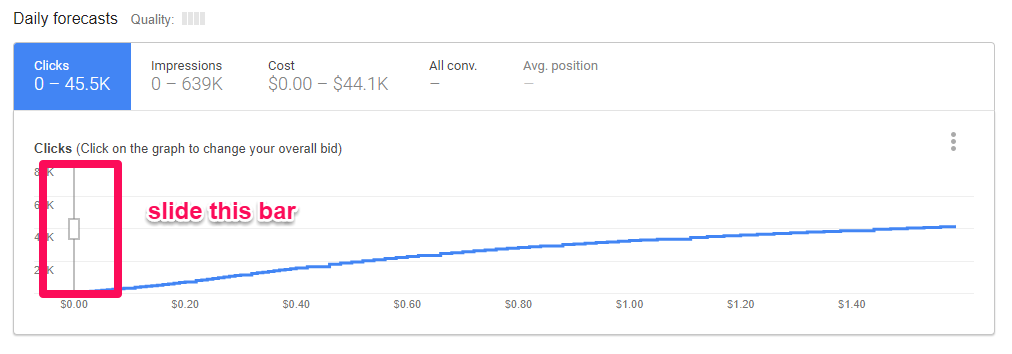
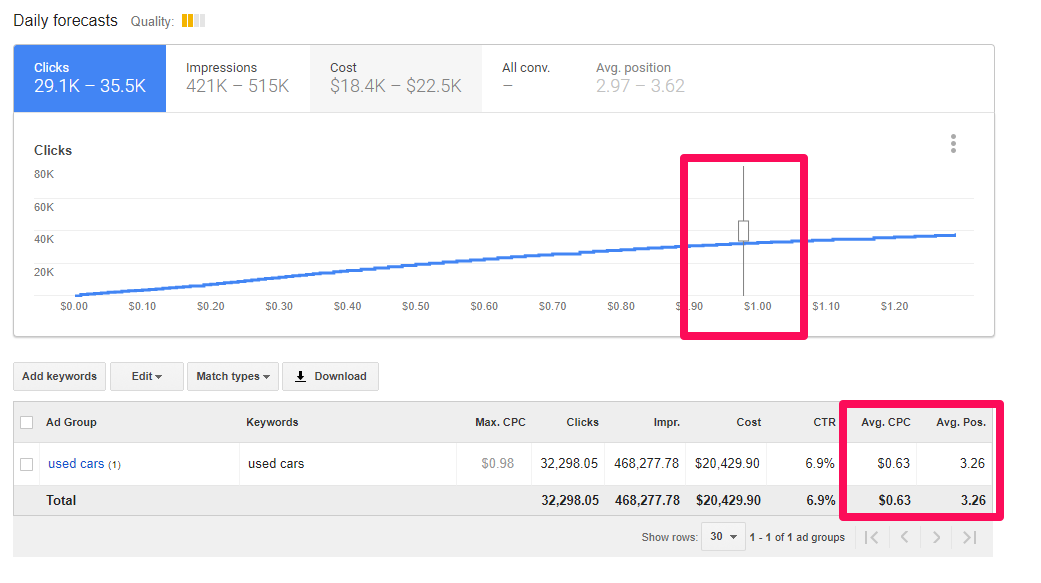
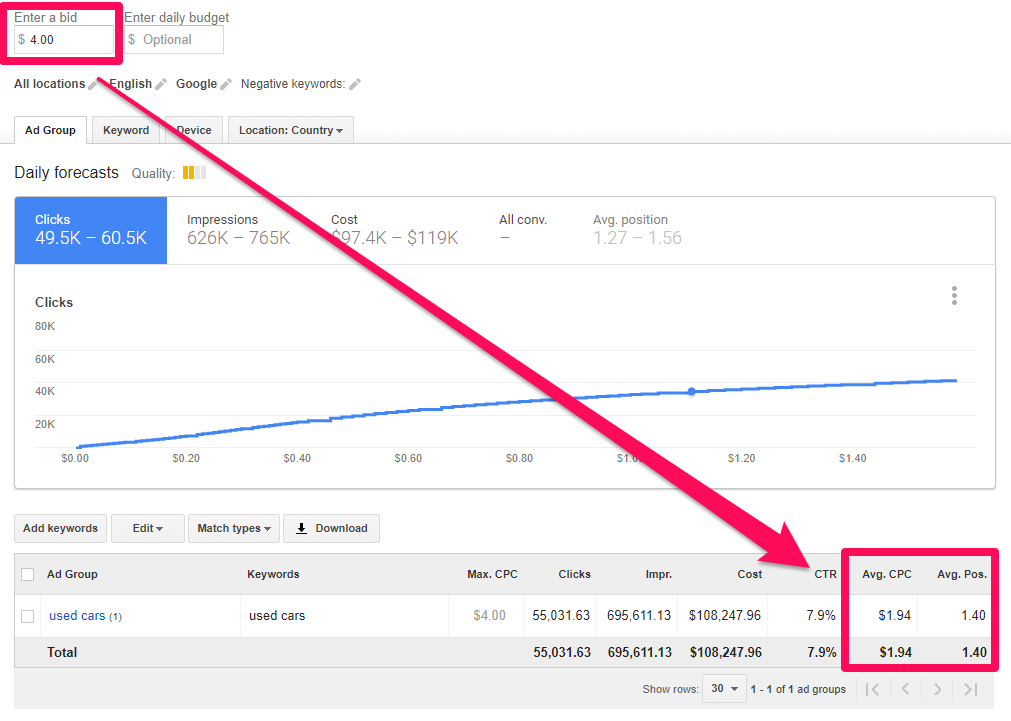

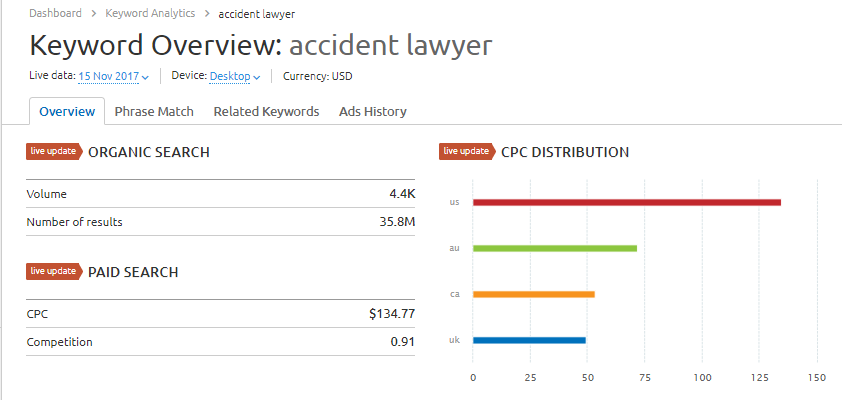
Comments (26)